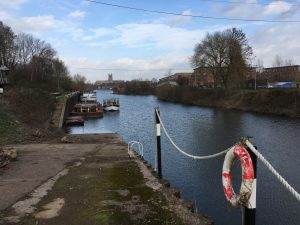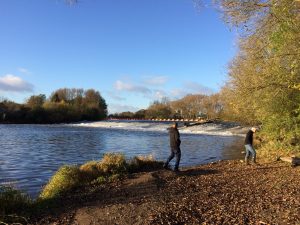Our river for people and wildlife
Restoring 158 miles of river for shad
The project was inspired by one of the UK’s rarest fish. Hundreds of thousands of twaite shad used to migrate up the River Severn to reach their natural spawning grounds. But weirs installed in the mid-19th century blocked this annual migration. Unlocking the Severn has provided fish passage at six barriers on the River Severn and its River Teme tributary. Allowing access around these barriers has restored 158 miles of river habitat, and benefitted a host of other important fish species including salmon and eel.
In 2022, environmental-DNA results confirmed that shad had navigated past all four fish passes on the River Severn. The fish had begun to reclaim key spawning habitats for the first time in almost two centuries!
The Canal & River Trust (lead), Severn Rivers Trust, Environment Agency and Natural England were the partner organizations for delivering this project. Unlocking the Severn was funded by the Heritage Lottery Fund and the EU LIFE Programme, as well as The Waterloo Foundation and the partners.
Reconnecting with our river
Unlocking the Severn involved exciting activities for people of all ages, interests and backgrounds, so that more people could be inspired and learn from the UK’s longest river.
Our heritage, education and people-powered science programmes reconnected millions of people with the River Severn. This included working with community groups along the river, over 6000 school children, and creating opportunities for hundreds of volunteers.
Tours of Diglis Island and Fish Pass continue via the Canal & River Trust, welcoming visitors to both sites. The unique underwater viewing gallery at Diglis Fish Pass provides a lens into the River Severn, allowing us to watch wild fish making their epic migratory journeys upstream.








